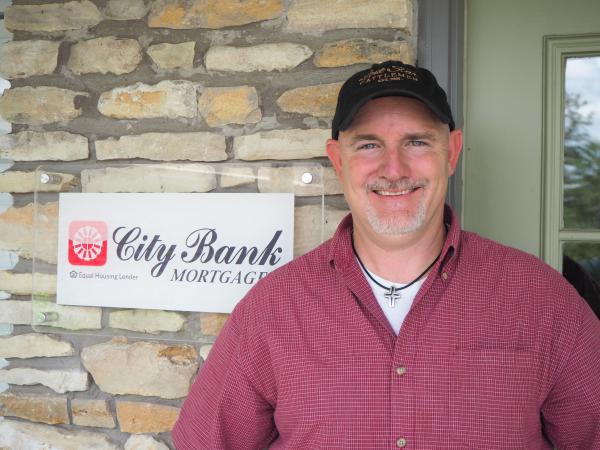Building a New Home – Financing 101
Buying a home is exciting. Building your dream home even more so! If building a home might be in the cards at some point, let’s “talk”.
The type of builder you choose will dictate your financing options. With a neighborhoodtype production builder, the transaction works much the same as purchasing an existing home: loan approval, sign a contract and put down earnest money. Then upon completion, the home is purchased from the builder. The costs along the way to build the home is at the expense of the company, not the buyer. These builders are typically affiliated with a mortgage company and will offer incentives to utilize their lender for the loan. However, you should still do your due diligence, comparing their terms to other mortgage providers. There is the chance your preferred lender can provide a loan better suited for you. In addition, if it appears you are leaning towards an “outside” lender, they will often offer additional incentives. Upgraded appliances? Keep’em honest!
Building a custom home is a different ballgame. In this case you work with a bank up front to secure a construction loan in your name that pays for the project along the way, similar to a line of credit used as different stages of construction are completed. Termed an “interim construction loan,” it is typically interestonly with the monthly payment calculated on the amount utilized to that point. Upon completion, the interim loan is refinanced into a traditional, fixed rate mortgage. Thus you have two closings and two rounds of closing costs. Additionally, while you know the interest rate of the construction loan up front, you can only guess the available rate when it is time to refinance to a permanent loan. With rates trending up, this can be dicey.
Some banks offer an additional product – a “one-time close”. In this case the interest rate during construction is the same rate you have on the permanent loan, locked-in for a known length of time, usually five or seven years. However, nothing prevents changing your mind and refinancing into a traditional, fixed-rate mortgage along the way. The one-time close option becomes insurance of sorts, hedging against rising interest rates or even an unexpected life change that could leave you unqualified for the permanent loan. With a one-time close, you also save on closing costs.
Advice for those preparing to build a home? Make sure you know and understand all your loan options, the terms of each, and that your lender has all available tools in the bag. Oh, and put the water heater downstairs!


